This site was made in conjunction with Bucks New University and Glasgow School of Art. For more information find out here.


This project was supported by a Collaborative Teaching Development Grant from the Higher Education Academy. A joint venture between Glasgow School of Art and Bucks New University School of Art and Design, it explored employability and what that might mean for art and design subjects.
View More
Fine Art could be defined as practising creativity for the sake of creativity, whereas Design is creativity applied to functionality
Read more...The studio as a site of creative learning is well acknowledged. The concept of the studio as a space and/or a tool in/by which learners can develop their employability skills.
Read more...The power of language and how we articulate ideas is well recognised. We define our world through
Read more...Visual Literacy can be defined as a competency suggesting a fluency with and command of visual materials
Read more...Self-efficacy can be defined as an individual’s own perception of their ability to achieve goals. It is similar to, but more potent than self-confidence.
Read more...To provide an overview of what employability and enterprise related activity is already taking place within GSA and Bucks New University.
Read more...In art and design subjects, in which the intention of the tutor is to enable students to become practising artists or designers, employability skills might completely permeate the curriculum.
Read more...
Students are responsible for the organisation, planning and hosting of an occasion involving an audience e.g. fashion show, degree show
Read more...Students are responsible for the organisation, planning and hosting of an occasion involving an audience e.g. fashion show, degree show
Read more...Students enter work for a prize/award that is arranged by an organisation outside of their educational institution.
Read more...Students engage in a period of study at another educational institution. Usually this is for duration of one academic term and is hosted by a partner institution in a different country.
Read more...A study visit that involves staying overnight or for a number of nights. This may be to another host institution, to visit a different location or focussed on a specific learning task.
Read more...A non-residential trip to meet an individual / institution / organisation outside of the educational institutional e.g. design company, community initiative, gallery visit, studio visit.
Read more...Students are involved in work or projects with individuals/organisations outside of their institution. These can be existing real projects
Read more...Students exhibit their own work and present it to an audience in a gallery or studio setting within their educational institution. These are organised and/or curated by either staff or students.
Read more...Students working together on a learning activity. Groups can be allocated by staff or self initiated by the students involved.
Read more...Students are involved in delivering various learning activities to other students, or to external parties e.g. giving tutorials, leading workshops.
Read more...Staff allocate time in the timetable for learning activities that are led by students and do not involve staff. These may be structured by staff, however
Read more...Students deliver a talk to a group about a particular topic such as their own artwork or design, most often with the aid of visuals.
Read more...Group critiques (crits) and seminars can take a number of different formats and normally involve a small group of students
Read more...Sessions arranged by staff specifically to address issues related to employability, professional practice or working within the creative
Read more...